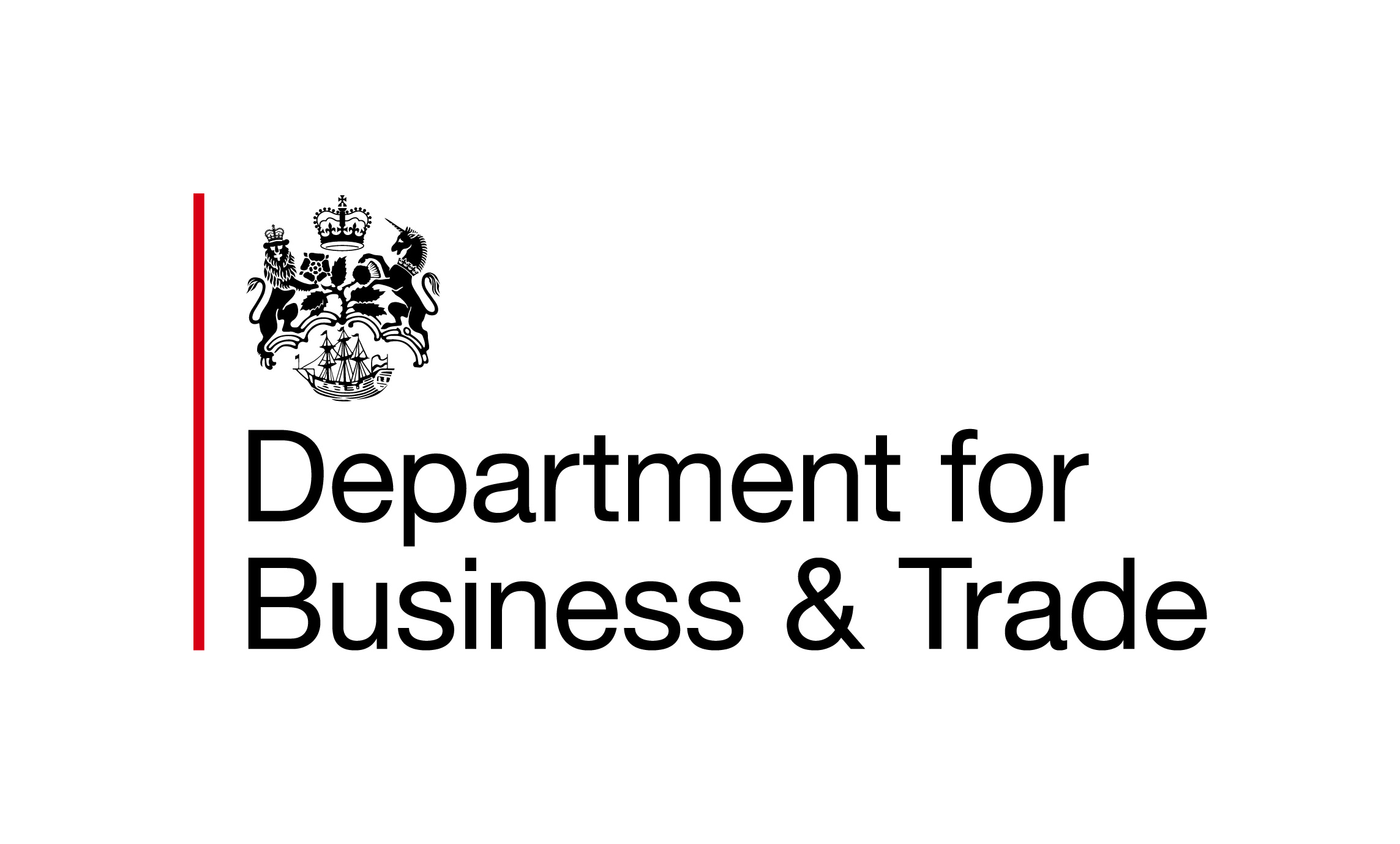‘Stay Home’ and Work? Implications of COVID-19 and the UK Governmental Response for Self-Employed Women
Given last week’s government announcement of the stimulus bill meant to mitigate the effects of the COVID-19 crisis on the UK economy, it is important to recognise the implications for women broadly, and self-employed women more specifically. Such bills are notoriously gender blind, thus discounting the impact on the extent to which self-employed women are at most risk from the CV pandemic crisis. Further, self-employment is far from homogenous, so a blanket approach to support is insufficient.
The self-employed contribute around a third of UK employment growth in the past decade; women-driven part-time self-employment has comprised most of this increase. Statistically, 34% of UK business owners are women; of these, 33% are sole-traders, 40% are in partnership businesses and 28% company-owners. There were 5.8 million registered small businesses in the UK in 2019, and 5 million self-employed, comprising more than 15% of the workforce.
Micro-enterprises, or businesses with less than 15 employees, are the largest group within the small and medium enterprise (SME) category; of these, sole traders tend to earn particularly low incomes. In 2015/16 their annual income was £21,000, almost £10,000 less than the average employee income. There has also been a decrease in sole-trader profit since 2008 generally, but notably, a 2% decrease in profit for 2015-16 despite an increase in the numbers of self-employed. We can conclude from this that people are therefore remaining in low income self-employment, with reports of individuals being trapped in poverty as a result.
Although men are more likely to be self-employed or own businesses than women, we argue that self-employed women comprise the most at-risk group during this crisis. Women’s self-employment tends to mirror the patterns of their employment: service-based lifestyle businesses, mostly in crowded, lower-margin feminised sectors such as personal services, caring, health, community, education and edutainment, and social activities, that have grown with the rise of the gig economy. The majority of these operate in the small to micro category of brick-and-mortar or interpersonal businesses that have been forced to close. On average, women start their businesses with 53% less capital than men, tend to draw more upon private capital and family finances, are more likely than men’s to be small, and turn over less income annually. While we hold that these patterns of disparity are not the fault of individual women, but rather due to structural factors, the overall picture is that in an economic downturn, it is women who are most likely to be disproportionately negatively affected.
In addition, there exists a mostly invisible, feminised economic system run ‘by women for women’: a business support system of women providing caring and domestic services that enable self-employed women, of all backgrounds, to manage their businesses. This feminised domestic support is often provided by a ‘care chain’ of immigrants and/or women of colour, whose physically embodied labour makes possible the knowledge work powering the digital economy, but is impossible to translate into the digital space as required by the conditions of the COVID-19 home confinement.
The home is a gendered space where traditional gender roles and relations have proved persistent. Most women in heterosexual relationships are responsible for the bulk of domestic labour and child and elder care duties. Gender affects every sphere of home life, including physical space allocation, emotional support to family members, and the ‘mental load’ of planning, scheduling and food shopping. When homeworking, men typically are designated the home office, while women are more likely to work on the sofa or at the kitchen table where they are more accessible to family members; due to men’s work being prioritised, women are more likely to be disturbed while men are ‘left alone’ to complete their work. Lastly, in a time of emergency, when illness is spreading and schools are closed, it is women who are most likely homeschooling children, checking on people within intergenerational family and friend networks, as well as engaging in newly established mutual aid groups. Those interested in the welfare of self-employed women must therefore ask: in this setting, what is the scope for women to keep businesses running alongside extra domestic demands? Even if their businesses do enable working from home, how will the confinement impact their incomes, and how might they benefit – or not – from the governmental support on offer?
We recognise that many small business owners and self-employed individuals and freelancers will be relieved at Chancellor Rishi Sunak’s announcement on Thursday 26th March of a support package for UK entrepreneurs. This is said to capture 95% of the self-employed population, but there is a lack of clarity surrounding those individuals and their enterprises who are eligible for this support. The necessity to minimise fraudulent claims is understandable; however, many enterprising individuals who have recently started their own business (and have not submitted a self-assessment tax return) or whose firms are just gaining traction, but have not yet generated a profit, will not be supported. This has implications for the future pipeline of enterprising small firms in the UK, as 40% of UK registered businesses are less than 3 years old and most businesses take 2-3 years to turn a profit. In relation to women’s enterprise, it is likely that most women entrepreneurs will qualify for the support outlined, as their businesses have closed or are operating at a reduced capacity. While self-employed people of all genders will be eligible for a taxed grant of 80% of their average profits, up to a maximum of £2,500, for many women in particular, given low profits over the preceding period, access to Universal Credit may in fact be more beneficial than the proposed support.
In addition, as women-owned businesses typically generate lower profits, we expect the crisis to increase financial dependence upon partners or, in the case of single self-employed women or parents, cause substantial difficulties in providing for themselves or their families. As a result, they may be expected to consider debt finance to make it to the June 2020 assistance-receipt deadline given that they are less likely to have significant savings. Yet evidence shows that women self-employed/business owners are, reasonably, more reluctant to take on financial risk, such that the Business Interruption Loan Scheme might be less attractive or accessible to women.
Women’s ability to accrue financial resources and savings is typically restricted; as employees, this is due to gendered pay-differentials; as entrepreneurs, this is informed by the lower-margin sectors in which most women’s businesses are located, leading to a 43% gender pay gap among the self-employed. Maternity leave is one period where women’s earning power is significantly reduced: if a self-employed woman has had maternity leave over the past three years, this would have a significant impact upon their accrued and average profits over the assessed period under this support package. Even where some women can continue their service-based, income generating business activities online, anecdotal evidence shows that during the COVID19 ‘homestay’ they may be doing so either at reduced rates or as a free community service.
We have recently published a series of State of the Art Reviews on ‘What Next For UK Women’s Enterprise Policy’. Drawing upon our expertise, in light of yesterday’s announcement, we posit a number of outstanding questions regarding the extent of support provided by this package, especially for women entrepreneurs, including:
- As women have been driving the growth in self-employment, is it possible that they will constitute the majority of nascent business owners (under 3 years old), who may not be entitled to any support?
- Will access to Business Interruption Loans be readily forthcoming for women entrepreneurs owning low-profit businesses? Will business owners be asked to put their houses on the line for collateral, or provide personal guarantors?
- What is the impact upon those within the ‘Most Vulnerable’ category such as pregnant and disabled individuals, and those with underlying health conditions for whom 12 weeks of self-isolation is mandatory?
- How will those who have not been explicitly addressed in the UK Government Financial Aid Package be affected, such as entrepreneurial refugees, asylum seekers and other migrant women who have no access to government funds?
- What might the implications be, now and in the future, for women’s informal economic and entrepreneurial activity?
As we are ‘all in this together’, provision should extend to 100% of the self-employed. Prior to the crisis, self-employment was the only growth category in the UK labour market. Thus, how we support self-employed people and nascent businesses now will determine the direction of the UK economy for decades to come.
The Gender and Enterprise Collective* (Haya Al-Dajani, Angela M. Dy, Carol Ekinsmyth, Sally Jones, Lorna Treanor, Julia Rouse, Natalia Vershinina)
* The GEN Collective are the Organising Committee of the Gender and Enterprise Network (ISBEGEN) an Institute for Small Business and Entrepreneurship (ISBE) Special Issue Group.
Twitter: @ISBEGEN











